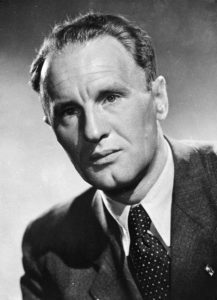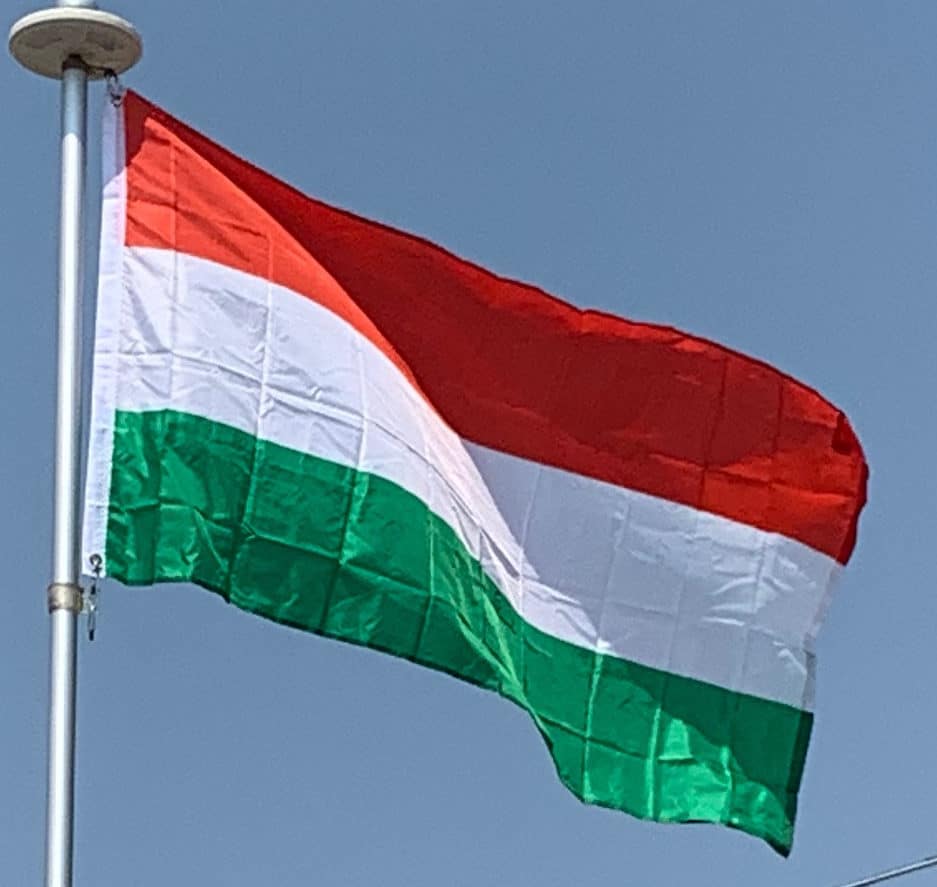The violence nonetheless continued as revolutionary militias sprung up against the Soviet Army and the ÁVH; the roughly 3,000-strong resistance fought Soviet tanks using Molotov cocktails and machine-pistols. Though the preponderance of the Soviets was immense, they suffered heavy losses, and by 30 October 1956 most Soviet troops had withdrawn from Budapest to garrison the countryside. For a time, the Soviet leadership was unsure how to respond to developments in Hungary, but eventually decided to intervene to prevent a destabilization of the Soviet bloc. On 4 November reinforcements of more than 150,000 troops and 2,500 tanks entered the country from the Soviet Union. Nearly 20,000 Hungarians were killed resisting the intervention, while an additional 21,600 were imprisoned afterwards for political reasons. Some 13,000 were interned and 230 brought to trial and executed. Nagy was secretly tried, found guilty, sentenced to death and executed by hanging in June 1958. Because borders were briefly opened, nearly a quarter of a million people fled the country by the time the revolution was suppressed.
Kádár Era 1956–1988:
After a second, briefer period of Soviet military occupation, János Kádár, Nagy’s former Minister of State, was chosen by the Soviet leadership to head the new government and chair the new ruling Socialist Workers’ Party (MSzMP). Kádár quickly normalized the situation. In 1963, the government granted a general amnesty and released the majority of those imprisoned for their active participation in the uprising. Kádár proclaimed a new policy line, according to which the people were no longer compelled to profess loyalty to the party if they tacitly accepted the Socialist regime as a fact of life. In many speeches, he described this as, “Those who are not against us are with us.” Kádár introduced new planning priorities in the economy, such as allowing farmers significant plots of private land within the collective farm system (háztáji gazdálkodás). The living standard rose as consumer good and food production took precedence over military production, which was reduced to one tenth of pre-revolutionary levels.

In 1968, the New Economic Mechanism (NEM) introduced free-market elements into socialist command economy. From the 1960s through the late 1980s, Hungary was often referred to as “the happiest barrack” within the Eastern bloc. During the latter part of the Cold War Hungary’s GDP per capita was fourth only to East Germany, Czechoslovakia, and the Soviet Union itself. As a result of this relatively high standard of living, a more liberalized economy, a less censored press, and less restricted travel rights, Hungary was generally considered one of the more liberal countries in which to live in Central Europe during communism. In the 1980s, however, living standards steeply declined again due to a worldwide recession to which communism was unable to respond. By the time Kádár died in 1989, the Soviet Union was in steep decline and a younger generation of reformists saw liberalization as the solution to economic and social issues.
Third Republic 1989–Present:
Hungary’s transition from communism to democracy and capitalism (rendszerváltás, “regime change”) was peaceful and prompted by economic stagnation, domestic political pressure, and changing relations with other Warsaw Pact countries. Although the MSzMP began Round Table Talks with various opposition groups in March 1989, the reburial of Imre Nagy as a revolutionary martyr that June is widely considered the symbolic end of communism in Hungary. Over 100,000 people attended the Budapest ceremony without any significant government interference, and many speakers openly called for Soviet troops to leave the country. Free elections were held in May 1990, and the Hungarian Democratic Forum, a major conservative opposition group, was elected to the head of a coalition government. József Antall became the first democratically elected Prime Minister since World War II.
